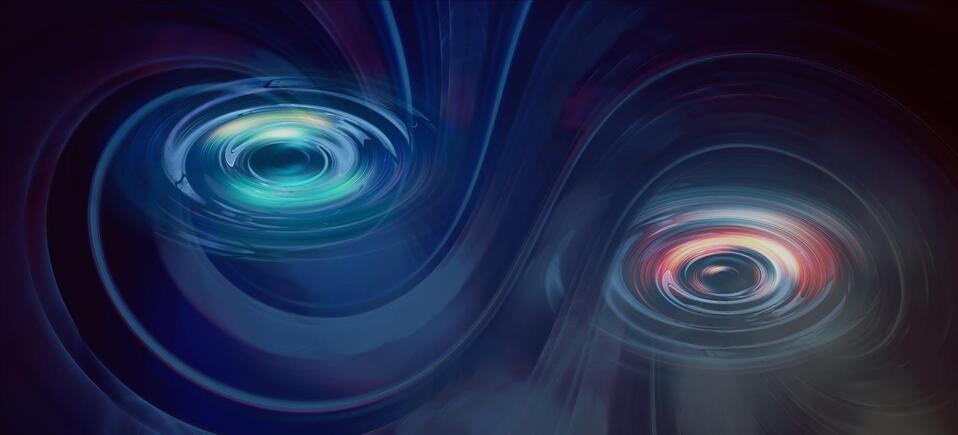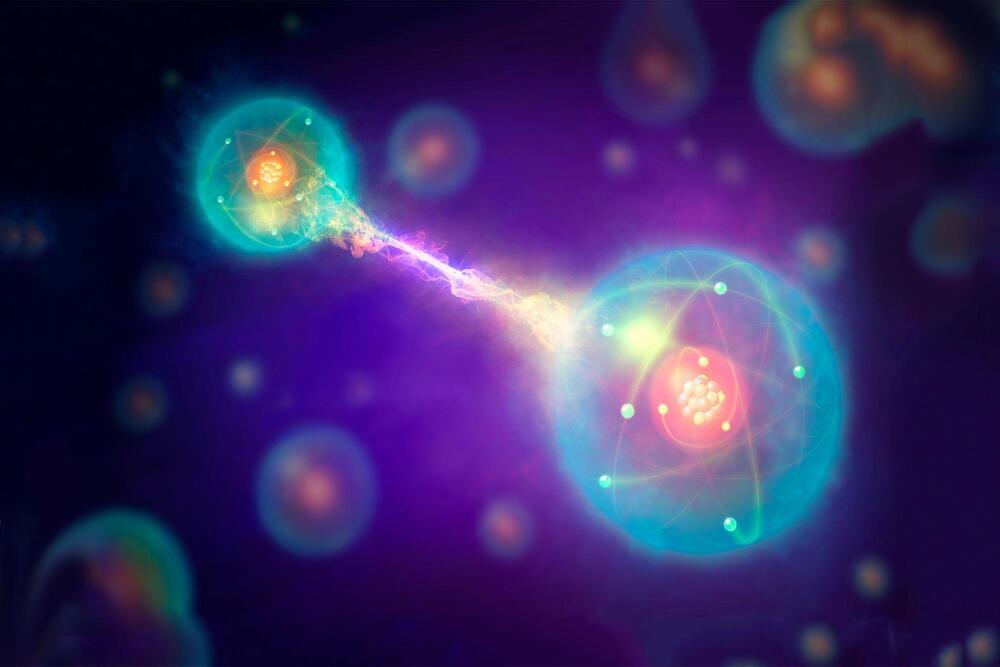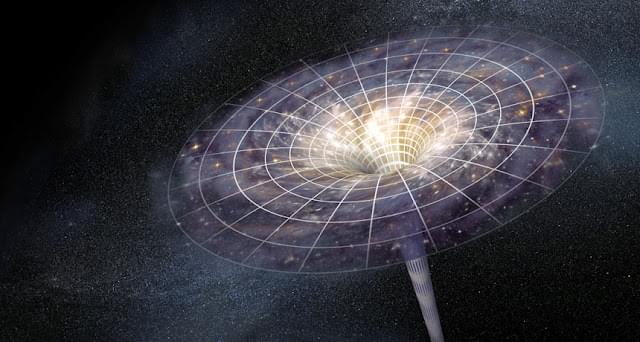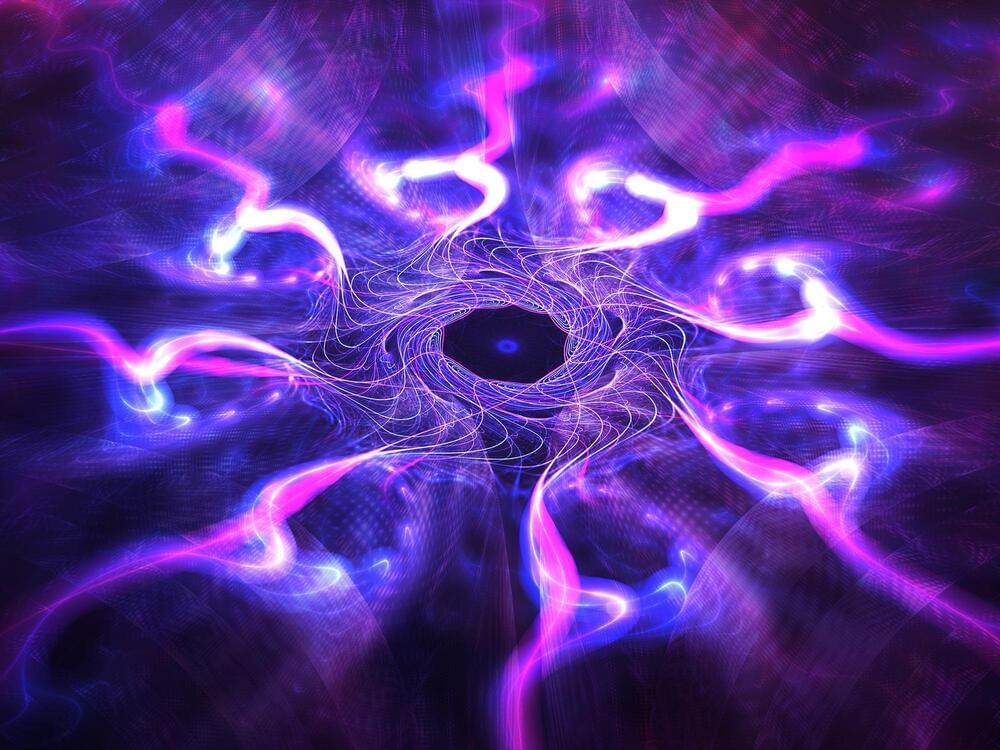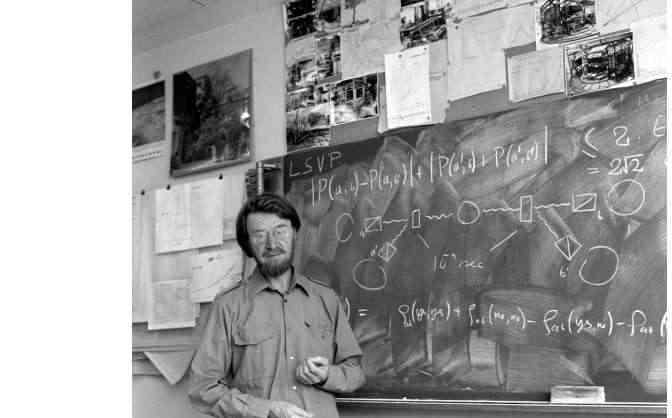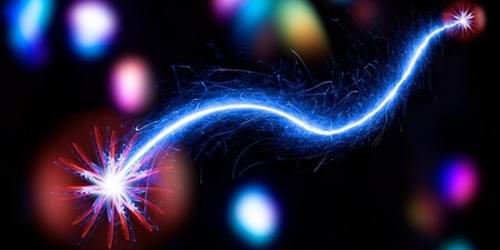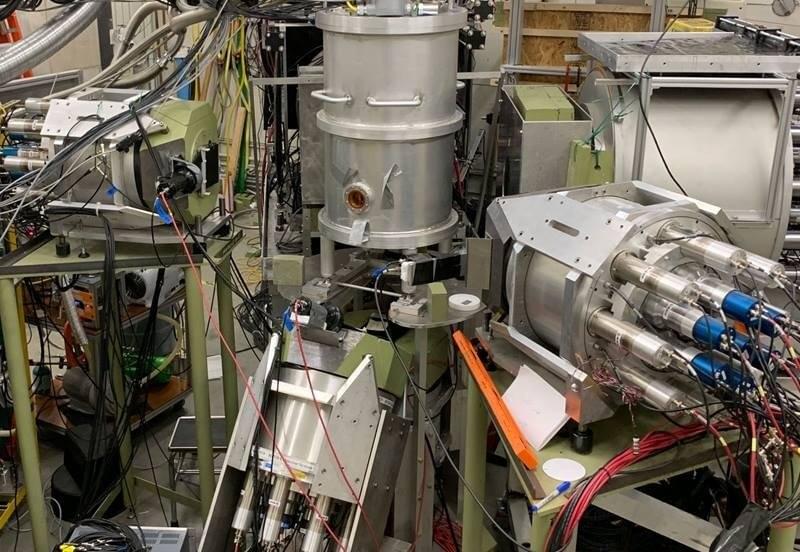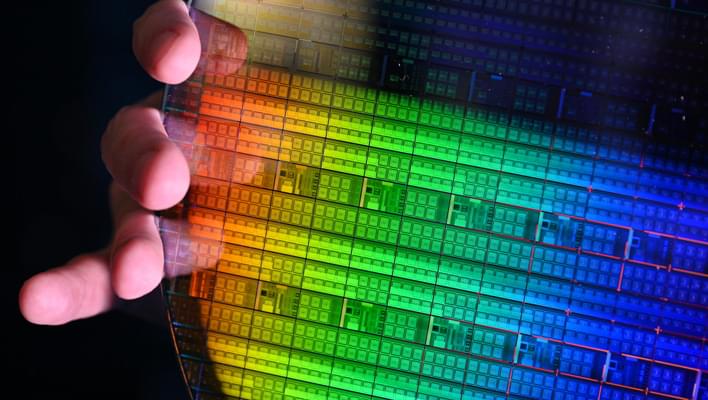Oct 9, 2022
Physicists push limits of Heisenberg Uncertainty Principle
Posted by Dan Breeden in categories: particle physics, quantum physics
Recently published research pushes the boundaries of key concepts in quantum mechanics. Studies from two different teams used tiny drums to show that quantum entanglement, an effect generally linked to subatomic particles, can also be applied to much larger macroscopic systems. One of the teams also claims to have found a way to evade the Heisenberg uncertainty principle.
One question that the scientists were hoping to answer pertained to whether larger systems can exhibit quantum entanglement in the same way as microscopic ones. Quantum mechanics proposes that two objects can become “entangled,” whereby the properties of one object, such as position or velocity, can become connected to those of the other.
